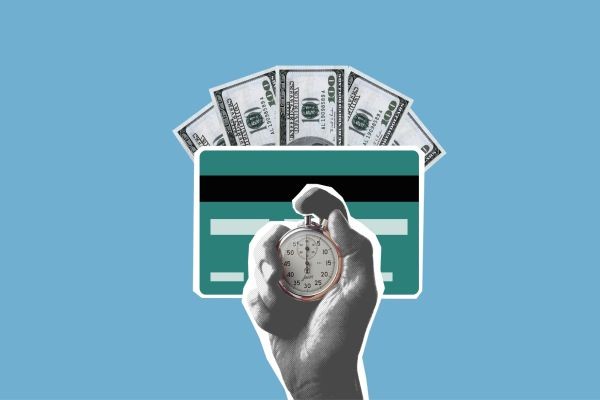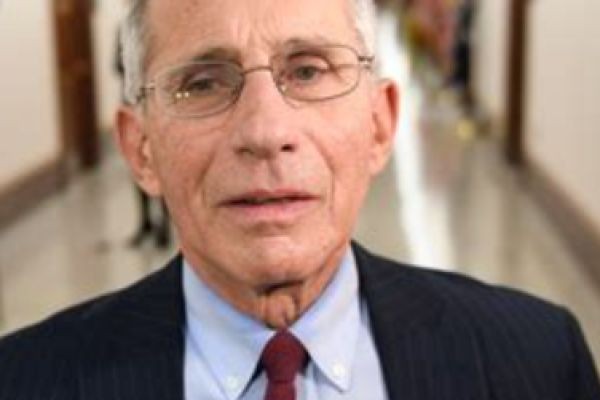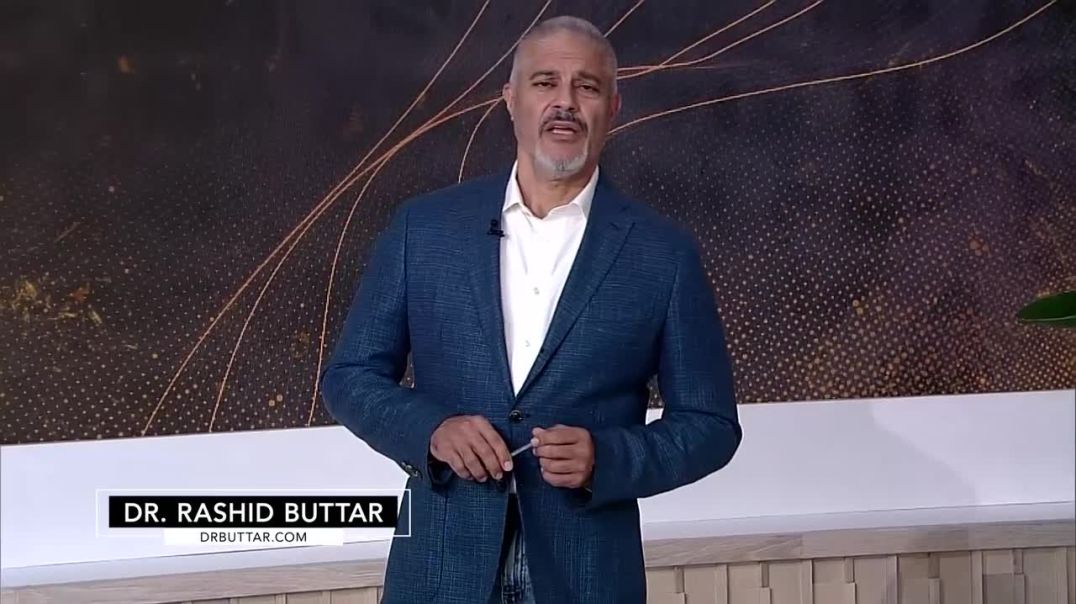Debt & Interest Rates: America's Ticking Time Bomb by - L. Norman.
"The Federal Reserve consumer debt figures do not factor in mortgage debt, which, when included, amounts to more than $16.5 trillion in total U.S. consumer debt." by - L. Norman.
Summarize this article!
Though the Federal Reserve figures of consumer debt help track overall debt trends throughout the nation, they paint a partial picture since they do not include mortgages. We know from other sources that rising mortgage debt is mainly responsible for driving total consumer debt levels across the country to their highest point ever recorded. Also, by excluding mortgage debt, the Federal Reserve's numbers make it difficult to understand what types of loans people are taking out and how these debts measure up against how much individuals can personally afford. Although the Fed's figures provide visibility into borrowing habits, it is essential to consider other data sources when evaluating total consumer debt levels. This will give us a complete picture of what Americans owe and how it might impact our economic future.
In today's society, debt has unfortunately become a large part of the American way of life. U.S. consumers are collectively weighed down by an astounding $16.5 trillion in total household debt, from student loans to credit card balances. Even more alarming is that the majority of this massive sum can be attributed to mortgage debt - presenting an even more significant financial burden and risk for many average Americans as they attempt to keep up with payments that might quickly rise higher and higher every year. Many individuals, companies, and organizations are working hard to bring public awareness and solutions to this problem before it grows out of control; no matter what, though, it remains an ever-present scenario for those trying to navigate our current economic landscape.
This is the main article!
Rising consumer debt and interest rates are creating a worrying trend that could have devastating consequences for individuals, business owners, and the economy as a whole. The higher interest rates cause debt to become more expensive and take longer to pay off, with compounding effects felt over time. Eventually, the consumer may reach a point where their income no longer covers the cost of repaying their debts. This impending financial disaster has far-reaching implications, including businesses' inability to stay afloat and stagnating economic growth. Keeping consumer credit in check while managing ever-rising interest rates is essential to avoiding this ticking time bomb before it becomes too late.
As a result of increasing prices and stagnant wages, consumer debt has been rising for the past several months. Last month, consumers added an astonishing $27.9 billion to their credit card bills, loans, and other forms of debt. Despite attempts by government officials to mitigate these trends with economic stimulus packages and interventions, the country remains in an uncomfortable financial situation. With consumer confidence lagging behind current prices and mounting debt, unless meaningful solutions are provided to help individuals lower costs or increase their incomes, this troubling trend will continue into 2023.
The latest report from the Federal Reserve showing a 7.1% increase in consumer debt is alarming, as it brings the total amount owed to an all-time high of $4.76 trillion. Analysts believe this steep rise in indebtedness is likely caused by Covid-induced economic instability, leaving many consumers and families hard-pressed to make ends meet and resorting to increased borrowing for everyday expenses and cash flow. Additionally, the fall months usually see an uptick in spending related to holiday purchases and travel costs - at a time when additional stimulus payments have dried up. Manufacturers, retailers, and financial institutions hope that 2023 will bring reduced levels of consumer debt and more stable economic conditions overall.
The U.S. Federal Reserve's fight against inflation has proven to be a tough battle, as rising prices have forced people to take on even more debt in the form of loans. What's worse is that this increased cost of borrowing comes at a time when the Fed is trying to battle inflation by raising interest rates, making it even more expensive for debtors to pay off their loans. This difficult balancing act between managing inflation and keeping loan payments affordable is a significant challenge the Fed faces as it tries to keep the economy stable and healthy.
We are genuinely drowning in debt with the current U.S. consumer debt figures. However, when you factor in mortgage debt, the figures skyrocket to more than $16.5 trillion! This appalling sum results from various lending sources, such as credit cards and auto loans for everyday expenses and student loans for higher education. When considering the magnitude of this debt, it is essential to recognize the need for individuals to be mindful and responsible with their borrowing practices. As consumer debt plagues our country from coast to coast, we must commit ourselves to improving our financial habits to reduce this staggering amount of debt.
Despite the economic hardship brought about by the pandemic, many Americans continue to take on increasing levels of credit card debt. November was no different - in that one month alone, credit card balances increased to $1.19 trillion, a stunning 16.9% increase from the previous year. This runaway debt could present financial difficulties for many Americans as interest rates swell and debt burdens become unmanageable. It is essential that before taking on substantial debt, individuals fully evaluate their ability to pay it back over time and consider further budget-friendly options such as setting up an emergency fund or securing a personal loan with more favorable repayment terms.
In a pre-pandemic world, the annual increase in inflation was already troubling at 3.6%. With stimulus money all gone, Americans are increasingly relying on credit to keep up with skyrocketing prices. As the economy continues to suffer due to the pandemic, people are left with few options for keeping their finances afloat. With income missing and expenses high, relying on plastic is difficult, but it's become necessary for many people trying to make ends meet.
Credit card debt is rising at an alarming rate, but how it occurs might be even more concerning. As ZeroHedge recently tweeted, we have a 'double whammy' situation – levels of credit card debt are increasing, yet interest rates are rising simultaneously. This means that those individuals and businesses in debt have to pay back more each month than they would if only one of the two factors were affecting them - increased borrowing or increased interest rates. It should be no surprise that the combination of these two factors causes financial hardship for many people and organizations, necessitating immediate action to restrict further increases before the situation escalates further.
https://twitter.com/zerohedge/status/1612548554643439616?ref_src=twsrc%5Etfw%7Ctwcamp%5Etweetembed%7Ctwterm%5E1612548554643439616%7Ctwgr%5E0798e23b09af09f16b58a60dca3b48d4b9bb34b0%7Ctwcon%5Es1_&ref_url=https%3A%2F%2Fwww.infowars.com%2Fposts%2Fthe-digitization-of-humanity-shows-why-the-globalist-agenda-is-evil%2F
With economic uncertainty on the rise, average credit card interest rates have skyrocketed to an all-time high of 19.59%, well above the earlier peak of 17.87%. The rapid increase burdens those struggling to make ends meet in one of the most challenging periods in recent history. Structural underemployment and long-term joblessness continue to place severe financial strains on households across the country, meaning additional costs can be hard to bear. Our current methods for dealing with rising debt levels only work for some. We must find new approaches to ensure consumers can thrive during this uncertain period and beyond.
An alarming news report from NBC News reveals how drastically higher interest rates impact those with existing debts. The average consumer with a credit card balance pays an additional 500 dollars annually, with some payouts reaching nearly double that amount. For those already on a tight budget, this financial strain has the potential to make ends meet even more complex and send them spiraling deeper into debt. With the current economic landscape being uncertain and unpredictable, it's never been more critical for indebted consumers to gain control of their finances and manage their debt responsibly.
- Bankrate data shows it would take 16 years for someone to pay off the current average credit card balance of $5,474 by making the minimum payments at 19.2%. At that point, they would have shelled out $7,365 in interest alone." (1)
Interest rates have steadily risen since the great recession of 2008, causing serious concerns about an economic downturn caused by the inability of individuals, organizations, and governments to maintain their debt. Rising interest rates make it more difficult for borrowers to pay back debts, leading to a massive buildup of debt obligations throughout the economy, reaching unsustainably high levels. Economist Daniel Lacalle has warned about this "collision course" as increased debt burdens threaten a significant financial correction in markets worldwide unless decisive and proactive countermeasures are taken quickly. To avert disaster, households, businesses, and governments must reduce their exposure to financial risk and overall debt levels.
Non-revolving credit continued to rise in November, albeit slightly slower than in October. Auto and student loans saw the most significant increases, amounting to an additional $11.5 billion -- a 5.9% annual increase that brings total non-revolving credit up to $3.57 trillion across the nation. This indicates a steady trend towards increased consumer debt by Americans for significant investments such as cars and education, with credit used as financing options; consumers appear to be taking on more manageable debts contrasted with traditionally higher revolving debt levels for discretionary expenditures like dining out or clothing purchases.
Despite increasing indebtedness, mainstream business media outlets continue to portray it as a sign of economic wellness, which may cause concern for many. Reacting to the sentiment that rising personal debt is good news for the economy, MarketWatch argued that households borrow more merely to cope with rising prices. However, such declarations from well-known newspapers might appear reassuring at first glance, but waves of anxiety ripple through those who fall into financial hardship due to overspending and taking on too much debt. For this reason, individuals must learn how to manage their finances responsibly to weather any coming economic storms better - regardless of the spin put on them by the mainstream.
U.S. consumers have come to rely heavily on credit card debt, mainly because of the historically low-interest rates enabled by money printing. This increased reliance on borrowing and spending can be seen in the surges in consumer debt. Such behavior only masks the reality of economic dysfunction that has gone unchecked for too long. We now witness record numbers of unemployed workers and businesses entering bankruptcy during the COVID-19 pandemic. If something needs to be done to address these underlying issues, then this problem could quickly become recurring when interest rates eventually increase.
The average American's financial situation is anything other than intense. Having already run out of government stimulus checks and rapidly depleting their savings, people are doomed to turn to credit cards for sustenance. Unfortunately, this is a temporary solution, as the available balance of each card only lasts for a while. As we soon approach an unavoidable limit when it comes to funds being borrowed from credit cards, it's clear that Americans must find a way to get back on their feet financially for them to survive despite the current conditions. This way, they can avoid a nasty pileup of debt which could appear more reminiscent of the Great Recession than any other period in recent history. (2)
The long-term solution to this problem is twofold. Firstly, households must start saving more money and avoid taking on unnecessary debt. Secondly, governments must encourage investment in their economy by incentivizing businesses to invest and creating jobs to help get people out of their financial holes. This will not only improve economic conditions but also reduce the risk of a major financial crash in the future. The current situation might look scary, but it doesn't have to be like this if we take proactive measures now. We can learn from our mistakes to ensure that the next time an economic shock comes our way, we won't face insurmountable debt again. Only then will we be able to secure a brighter financial future for ourselves and our nation.
A reference list
- Rising Consumer Debt & Interest Rates Are A Ticking Time Bomb. https://ussanews.com/2023/01/10/rising-consumer-debt-interest-rates-are-a-ticking-time-bomb/
- Mortgage borrowers struggle to exit COVID-19 forbearance - Fox Business. https://www.foxbusiness.com/money/mortgage-forbearance-exit-covid-what-to-know
Here is where I got the info for this article!
- https://www.infowars.com/posts/rising-consumer-debt-interest-rates-are-a-ticking-time-bomb/
- https://schiffgold.com/key-gold-news/a-ticking-time-bomb-rising-consumer-debt-and-rising-interest-rates/
- https://schiffgold.com/commentaries/cpi-cools-but-inflation-far-from-whipped/
- https://www.federalreserve.gov/releases/g19/current/
- https://twitter.com/zerohedge/status/1612548554643439616?ref_src=twsrc%5Etfw%7Ctwcamp%5Etweetembed%7Ctwterm%5E1612548554643439616%7Ctwgr%5E0798e23b09af09f16b58a60dca3b48d4b9bb34b0%7Ctwcon%5Es1_&ref_url=https%3A%2F%2Fwww.infowars.com%2Fposts%2Fthe-digitization-of-humanity-shows-why-the-globalist-agenda-is-evil%2F
- https://www.bankrate.com/finance/credit-cards/current-interest-rates/
- https://www.nbcnews.com/business/consumer/rising-consumer-debt-credit-card-debt-interest-rates-hit-record-highs-rcna59378
- https://schiffgold.com/guest-commentaries/rising-interest-rates-on-a-collision-course-with-a-wall-of-debt/
- https://www.marketwatch.com/story/u-s-consumer-credit-keeps-expanding-at-strong-rate-11673295413
---------------------END OF DOC TIME 01/10/2023-----------------------
-------------CRITICAL THINKING NEWS BY - L. NORMAN. -------------














